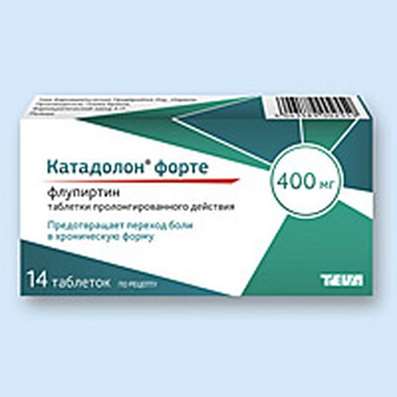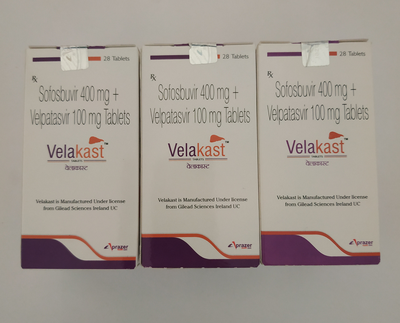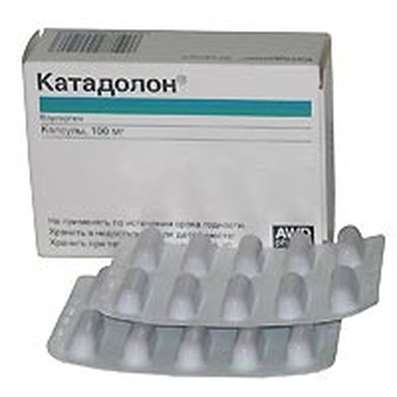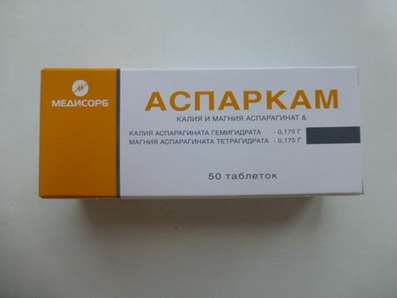Instruction for use: Vasotens
I want this, give me price
Dosage form: coated tablets
Active substance: Losartanum
ATX
C09CA01 Losartan
Pharmacological group
Angiotensin II receptor antagonists (AT1 subtype)
Composition and release form
Tablets, coated with a coating.
Losartan potassium 50 mg; 100 mg
Auxiliary substances: mannitol; MCC; Sodium croscarmellose; Povidone K-30; Magnesium stearate; Hypromellose 6; Titanium dioxide (E171); Magnesium hydrosilicate (talc); Propylene glycol
In the blistere 7 pcs .; In a pack of cardboard 2 blisters.
Description of dosage form
Tablets with a dosage of 50 mg: round biconvex tablets, white, coated, labeled on one side "3L", with risks on both sides and lateral risks.
Tablets with a dosage of 100 mg: oval biconvex tablets, white, coated, labeled on one side "4L".
Characteristic
A hypotensive drug, is a specific antagonist of angiotensin II receptors (subtype AT1).
pharmachologic effect
Pharmacological action - hypotensive.
Pharmacodynamics
Does not inhibit kinase II - an enzyme that destroys bradykinin. Reduces OPSS, concentration in the blood of adrenaline and aldosterone, blood pressure, pressure in a small circle of blood circulation; Reduces afterload, has a diuretic effect. It interferes with the development of myocardial hypertrophy, improves exercise tolerance in patients with heart failure.
After a single dose, the hypotensive effect (decreases SAD and DAD) reaches a maximum after 6 hours, then gradually decreases within 24 hours.
The maximum hypotensive effect is achieved 3-6 weeks after the start of the drug.
Pharmacological data indicate that the concentration of losartan in the blood plasma in patients with cirrhosis of the liver is significantly increased, so patients with liver disease in the history should use the drug in a lower dose.
Pharmacokinetics
Losartan is rapidly absorbed from the digestive tract. Bioavailability is about 33%. Has the effect of "first passage" through the liver, is metabolized by carboxylation with the participation of the isoenzyme 2S9 cytochrome P450 to form an active metabolite. Binding to blood plasma proteins - 99%.
After oral administration, the time to achieve Cmax losartan is 1 hour, the active metabolite is 3-4 hours. T1 / 2 is 1.5-2 hours, and its main metabolite is 6-9 hours, respectively. About 35% of the dose is excreted in the urine, about 60% - through the intestines.
Indications of the Vasotens
arterial hypertension;
Chronic heart failure (as part of combination therapy, with intolerance or ineffective therapy with ACE inhibitors).
Contraindications
Hypersensitivity to the components of the drug;
Arterial hypotension;
Hyperkalemia;
dehydration;
Pregnancy and the period of breastfeeding;
Age to 18 years (effectiveness and safety not established).
With caution - liver failure.
Application of pregnancy and breastfeeding
There are no data on the use of losartan in pregnancy. However, it is known that drugs acting directly on the renin-angiotensin system, when applied in the II and III trimesters of pregnancy, can cause a developmental defect or even the death of a developing fetus. Therefore, if you are pregnant, you should immediately stop taking Vasotens®.
When appointing during lactation, a decision should be made whether to stop breastfeeding or stop treatment with Vasotensome.
Side effects
The "*" symbol indicates side effects, the incidence of which is comparable to placebo.
The association of side effects occurring with a frequency of less than 1% of cases with the use of losartan has not been proven.
In most cases, Vasotens® is well tolerated, side effects are transient and do not require withdrawal of the drug.
From the nervous system and sensory organs: 1% or more - dizziness, asthenia, headache, fatigue, insomnia; Less than 1% - anxiety, sleep disturbance, drowsiness, memory disorders, peripheral neuropathy, paresthesia, hypoesthesia, migraine, tremor, ataxia, depression, syncope, ringing in the ears, taste disturbance, vision change, conjunctivitis.
On the part of the respiratory system: 1% and more - nasal congestion, cough *, upper respiratory tract infections (elevated body temperature, sore throat, sinusopathy *, sinusitis, pharyngitis), less than 1% - dyspnoea, bronchitis, rhinitis.
On the part of the intestine: 1% or more - nausea, diarrhea *, dyspeptic phenomena *, abdominal pain; Less than 1% - anorexia, dry mouth, toothache, vomiting, flatulence, gastritis, constipation.
From the musculoskeletal system: 1% or more - cramps, myalgia *, pain in the back, chest, legs; Less than 1% - arthralgia, shoulder pain, knee, arthritis, fibromyalgia.
From the cardiovascular system: orthostatic hypotension (dose-dependent), palpitations, tachy- or bradycardia, arrhythmias, angina pectoris, anemia.
On the part of the genitourinary system: less than 1% - mandatory urination, urinary tract infections, impaired renal function, weakening of libido, impotence.
On the part of the skin: less than 1% - dry skin, erythema, blood flow, photosensitization, increased sweating, alopecia.
Allergic reactions: less than 1% - urticaria, rash, itching, angioedema, incl. Face, lips, throat and / or tongue.
Other: hyperkalemia (serum potassium more than 5.5 mmol / l).
Interaction
Can be administered with other antihypertensive drugs.
There was no clinically significant interaction with hydrochlorothiazide, digoxin, indirect anticoagulants, cimetidine, phenobarbital.
In patients with dehydration (previous treatment with large doses of diuretics), there may be a marked decrease in blood pressure.
Strengthens (mutually) the effect of other antihypertensive drugs (diuretics, beta-blockers, sympatholytics).
Increases the risk of hyperkalemia when combined with potassium-sparing diuretics and potassium preparations.
Dosing and Administration
Inside, regardless of food intake. Multiplicity of admission - 1 time per day.
With arterial hypertension, the average daily dose is 50 mg. In some cases, to achieve a greater effect, the dose is increased to 100 mg in 2 divided doses or once a day.
The initial dose for patients with heart failure is 12.5 mg once a day. Typically, the dose increases with a weekly interval (ie 12.5, 25 and 50 mg / day) to an average maintenance dose of 50 mg 1 time per day, depending on the patient's tolerance of the drug.
When appointing the drug to patients receiving diuretics in high doses, the initial dose of the drug Vazotens® should be reduced to 25 mg once a day.
Patients with impaired liver function should be prescribed lower doses of Vasotens®.
In elderly patients, as well as in patients with impaired renal function, including patients on dialysis, there is no need to adjust the initial dose.
Pediatric Use
Safety and effectiveness of the drug in children are not established.
Overdose
Symptoms: marked decrease in blood pressure, tachycardia, bradycardia - due to parasympathetic (vagal) stimulation.
Treatment: forced diuresis, symptomatic therapy; Hemodialysis is ineffective.
Special instructions
It is necessary to correct the dehydration prior to the appointment of Vasotens® or to begin treatment with the use of the drug in a lower dose.
Drugs that affect the renin-angiotensin system can increase the concentration of urea in the blood and serum creatinine in patients with bilateral renal stenosis or stenosis of the artery of a single kidney.
During the treatment period, the concentration of potassium in the blood should be monitored regularly, especially in elderly patients, with renal dysfunction.
Conditions for storage of Vasotens
At a temperature of no higher than 30 ° C
The shelf life of the drug Vasotens
Coated tablets 12.5 mg - 3 years.
Coated tablets 25 mg - 3 years.
Coated tablets 50 mg - 3 years.
Coated tablets 100 mg - 3 years.
Do not use beyond the expiration date printed on the package.

 Cart
Cart





